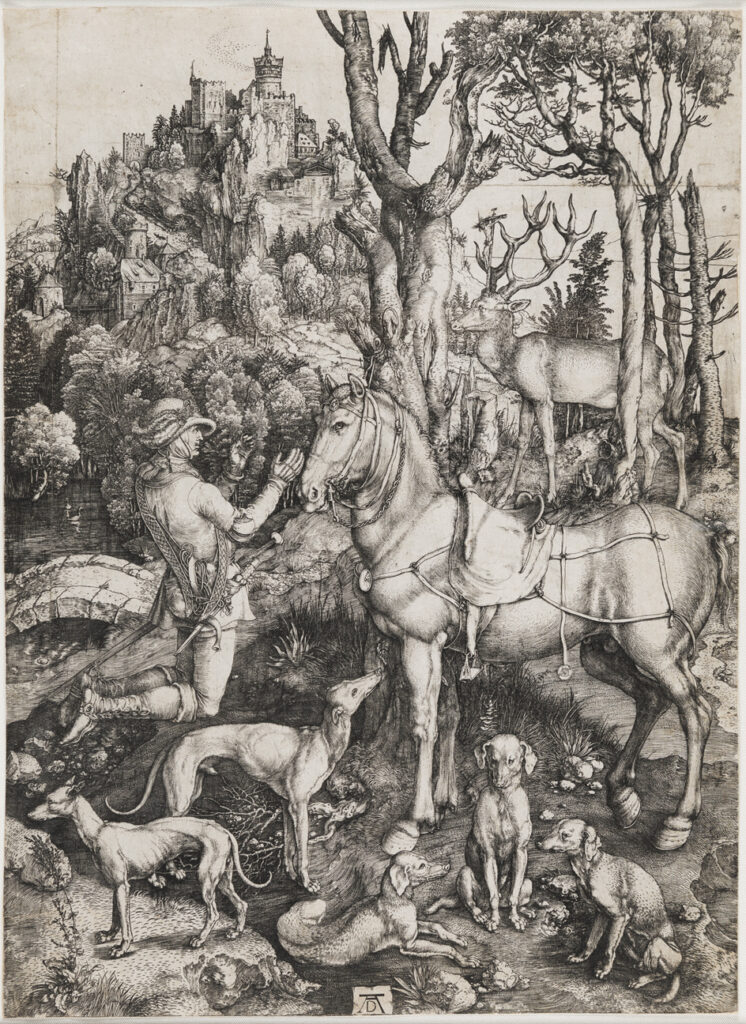Albrecht Dürer’s (1471-1528) technical mastery, innovations in printmaking, explorations of human proportions and anatomy, contributions to self-portraiture, influence on the Northern Renaissance, and use of iconography and symbolism have left a lasting impact on artists across different periods and genres. His legacy as a versatile and highly skilled artist continues to inspire and guide artists in their own artistic pursuits.

Technical Mastery
Dürer was renowned for his exceptional technical skills in drawing, painting, and printmaking. His meticulous attention to detail, use of perspective, and precise rendering of form and texture set new standards for realism and craftsmanship. His technical mastery has served as a benchmark for aspiring artists throughout history, inspiring them to refine their own technical skills and strive for excellence.
Printmaking Innovations
Dürer’s contributions to printmaking, particularly his woodcuts and engravings, revolutionized the medium and influenced generations of printmakers. His intricate compositions, precise lines, and intricate cross-hatching techniques showcased the artistic potential of printmaking. Artists who followed, including Rembrandt, Goya, and Picasso, among others, were inspired by Dürer’s printmaking techniques and explored the possibilities of the medium.
Human Proportions and Anatomy
Dürer’s fascination with human proportions and anatomy led him to create influential works such as “Four Books on Human Proportion.” His precise measurements and studies of the human body influenced subsequent artists, particularly those interested in figure drawing and anatomy. Dürer’s emphasis on understanding and representing the human form accurately has served as a foundation for artists studying anatomy and figure drawing.
Self-Portraiture
Dürer’s numerous self-portraits, including his famous “Self-Portrait at 28,” played a significant role in shaping the genre of self-portraiture. He depicted himself with remarkable introspection and psychological depth, paving the way for artists to explore self-representation and introspection in their own work. Dürer’s self-portraits also influenced artists who sought to use portraiture as a means of self-expression and self-exploration.
Influence on Northern Renaissance
Dürer’s artistic achievements had a profound impact on the Northern Renaissance movement. His travels to Italy exposed him to the works of Italian Renaissance masters, and upon his return to Germany, he incorporated elements of Italian art into his own style. This fusion of Northern and Italian artistic traditions influenced subsequent Northern Renaissance artists, who adopted similar approaches in their own works.
Iconography and Symbolism
Dürer’s artworks often contained rich symbolism and allegorical elements. His use of symbols and iconography to convey deeper meanings and narratives influenced artists who sought to imbue their works with symbolism and hidden messages. Dürer’s exploration of iconography and his ability to communicate complex ideas through visual imagery continue to inspire artists interested in conveying symbolism in their own art.
